Rumors travel fast across water, and few places inspire wilder speculation than the wind-scoured Channel Islands off Southern California. For years, whispers have circulated about tiny people – dwarfs – once living here, the American echo of the Indonesian “hobbits.” The mystery is potent because the islands truly did breed smallness: mammoths shrank to pony-size, foxes to cat-size, and resources were always tight. But does that evolutionary rulebook extend to humans, and if so, where are the bones that prove it? In 2025, researchers and Tribal partners are revisiting the evidence with sharper tools and stricter standards, trying to separate captivating story from credible science.
The Hidden Clues
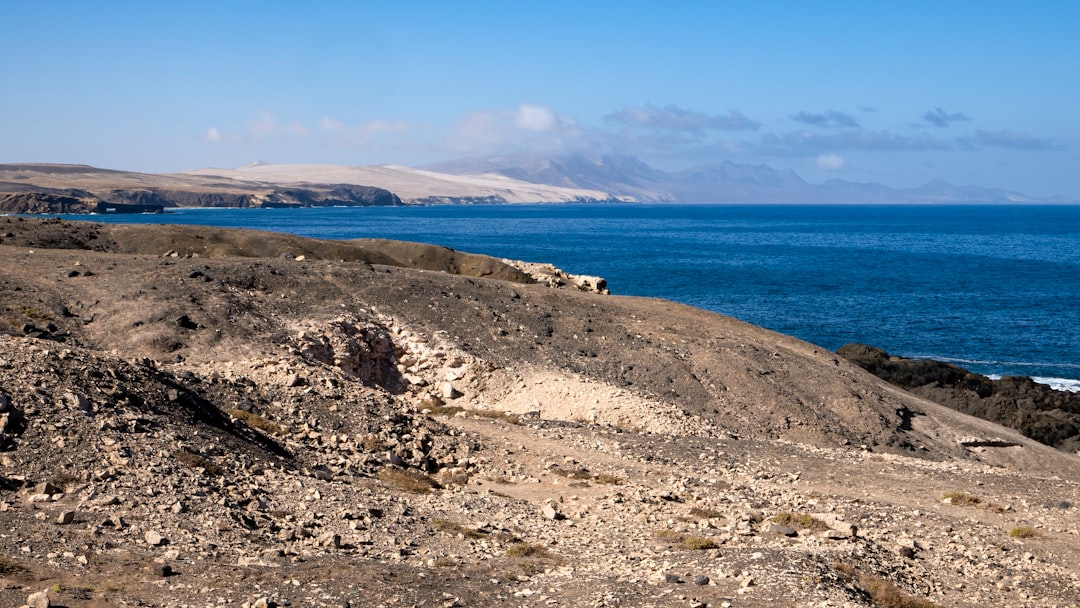
A mammoth once shrank to pony size on these islands – so could people have, too? That question surfaces every time new erosion exposes a midden or storm surge chews another bite from a sea cliff. Archaeologists have documented early seafaring to the islands by the end of the Ice Age, and the Channel Islands hold some of the oldest coastal sites in North America. The record includes shell middens, bone tools, and rare human remains that hint at an early maritime lifeway. None of that, however, is the same as evidence for a distinct, small-bodied human lineage.
The truth is both more modest and more interesting. Body size in human bones is tricky to infer from fragments, and many finds are partial, fragile, and sacred to descendant communities. When measurements appear unusual, scientists must first rule out age-at-death, nutrition, disease, and post-burial distortion before reaching for evolutionary fairy tales. On the Channel Islands, that rigorous process has so far favored caution over spectacle.
From Ancient Bones to Modern Science

Mid‑century excavations recovered human remains on Santa Rosa Island, later dated to roughly the end of the Pleistocene – an eye-opening result at the time. As dating techniques improved, reanalysis strengthened the case for a very early coastal presence, older than the classic continental big‑game horizon. Meanwhile, stratigraphic studies at sites like caves and dune edges painted a picture of resourceful foragers using fish, shellfish, and seabirds long before cities rose on the mainland. This maritime focus explains how people reached the islands in the first place: boats were not optional, even when sea levels were lower.
Today, labs apply micro‑CT scans, stable isotope analysis, and careful morphometrics to tiny bone fragments that earlier generations might have overlooked. A result that once seemed to hint at unusual small stature can, under higher resolution, resolve into a juvenile bone or a measurement error. It’s a reminder that better instruments often simplify mysteries rather than deepen them.
Island Rules: What Evolution Really Does
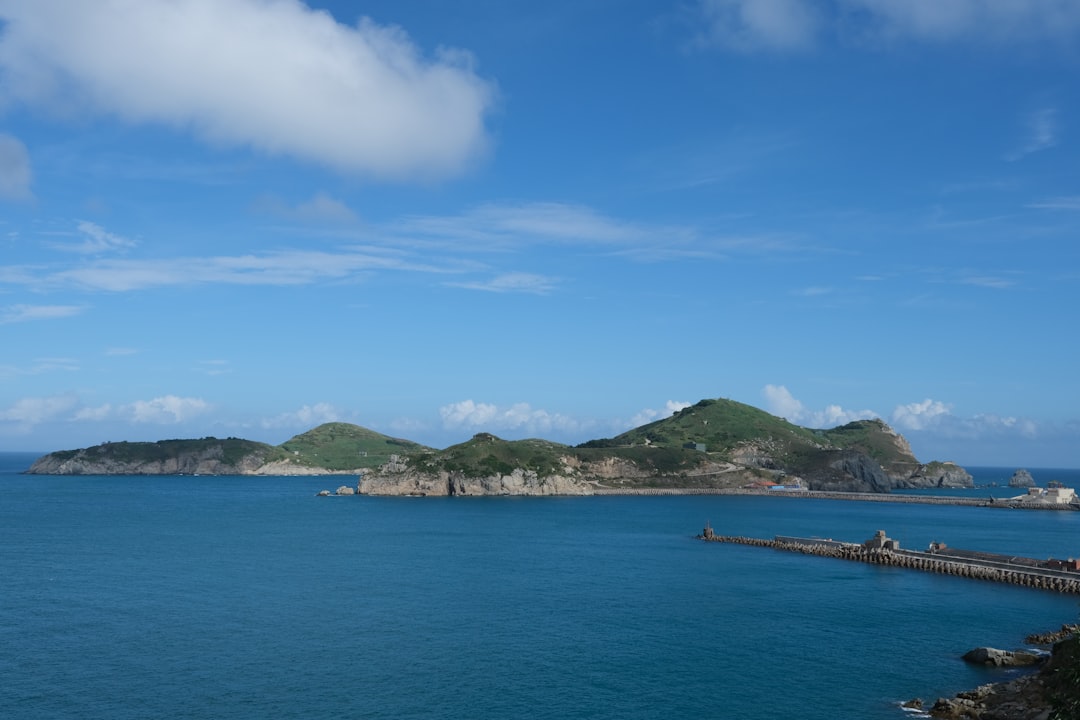
Islands are famous for bending biology’s rules, and the Channel Islands are a textbook. The island fox is a dwarfed cousin of the mainland gray fox, and the pygmy mammoth evolved here from a giant ancestor that swam or drifted across. In mammals, limited food, few predators, and isolation can push big bodies smaller and small bodies larger over thousands of years. That’s why the notion of “Channel Islands Dwarfs” feels intuitively right to many readers.
But humans are ecological generalists with culture, technology, and cooperation that buffer us from simple island rules. Tools, trade, boatbuilding, and social networks can loosen the evolutionary vise that forces other animals to shrink. Even when stature does vary among human groups, it’s usually a blend of genetics, health, and environment – not a sign of a separate species. On the Channel Islands, decades of study still point to people who were ingenious, maritime, and connected, not a mysterious dwarf lineage.
A Timeline Written in Wind, Water, and Fire

To understand why the story stays murky, consider the setting. During the last Ice Age, the northern Channel Islands formed a larger super‑island, now broken into Santa Rosa, Santa Cruz, San Miguel, and Anacapa as seas rose. Shorelines jumped inland, burying and erasing sites, while storms and surf now peel them back in unpredictable episodes. Fires, floods, and landslides routinely rearrange the archive, compressing or scattering clues that archaeologists spend seasons stitching back together.
When human remains do appear, they are often isolated and delicate, demanding a conservative approach guided by Tribal consultation and federal protection laws. That slows the pace of analysis but increases its quality, ensuring that interpretations sit on solid ground. The result is a timeline with fewer dots than we’d like but firmer lines between them. It’s not cinematic, yet it’s steadily clarifying an early maritime chapter of American prehistory.
Measuring Smallness: Testing the “Dwarf” Hypothesis
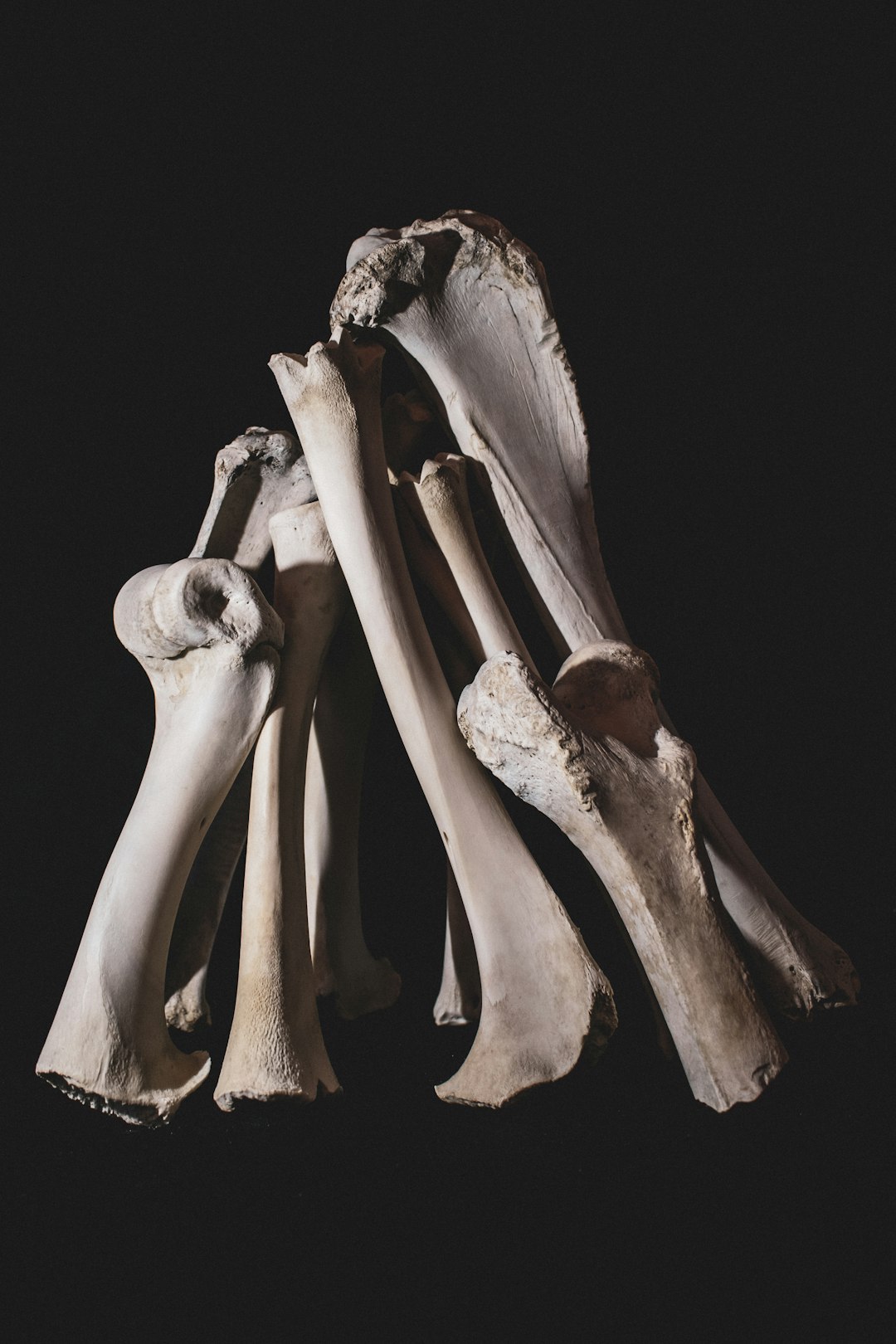
If a genuinely small-bodied population once lived here, what would the smoking gun look like? Scientists would expect multiple individuals showing the same proportionally reduced limb and cranial dimensions, across different ages and time layers. They would seek consistent anatomical markers – not just short long bones, but patterns in pelvis, skull base, teeth, and wrist bones – confirmed by reproducible measurements. Radiocarbon dates would need to bracket the individuals within a defined period, and ancient DNA or protein profiles might show distinctive ancestry.
So far, the Channel Islands do not meet that bar. Normal variation, juvenile remains, and taphonomic change explain most size anomalies, and the sparse sample sizes make sweeping claims irresponsible. That doesn’t mean the door is closed; it means the burden of proof is high, as it should be for claims of a “lost species.” In science, no result is also a result, and here it nudges the narrative away from sensational dwarf myths and toward a richer story of coastal adaptation.
Why It Matters
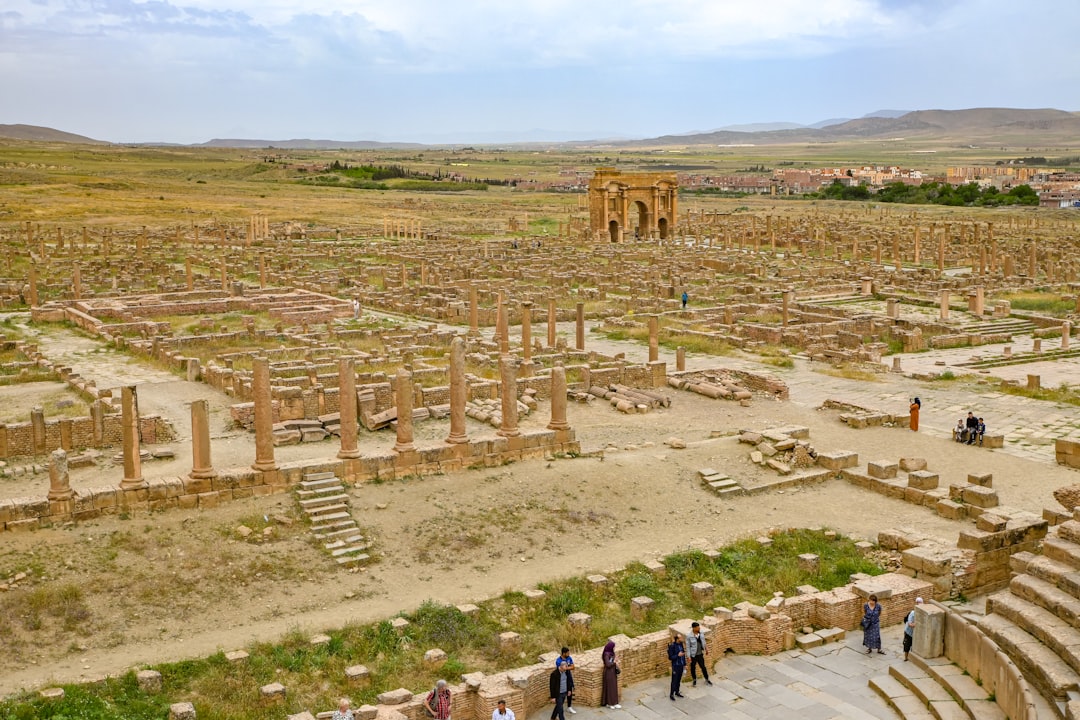
This debate isn’t just about headline‑grabbing “hobbits.” It tests how archaeology handles uncertainty, how it communicates with the public, and how it respects Indigenous sovereignty over ancestors and places. Sensational labels can erase living voices, especially when they imply exotic origins that overshadow deep local heritage. By holding the line on standards – clear measurements, transparent methods, and Tribal collaboration – researchers protect both truth and trust.
There’s also a bigger scientific point: coastlines were not backwaters in the peopling of the Americas. The Channel Islands offer one of the clearest windows into early maritime life, from boat travel to kelp‑forest foraging. Reframing the story around skill rather than smallness changes how textbooks treat the first Americans. It also shapes conservation priorities for a fragile coastal archive under pressure from storms and rising seas.
The Future Landscape
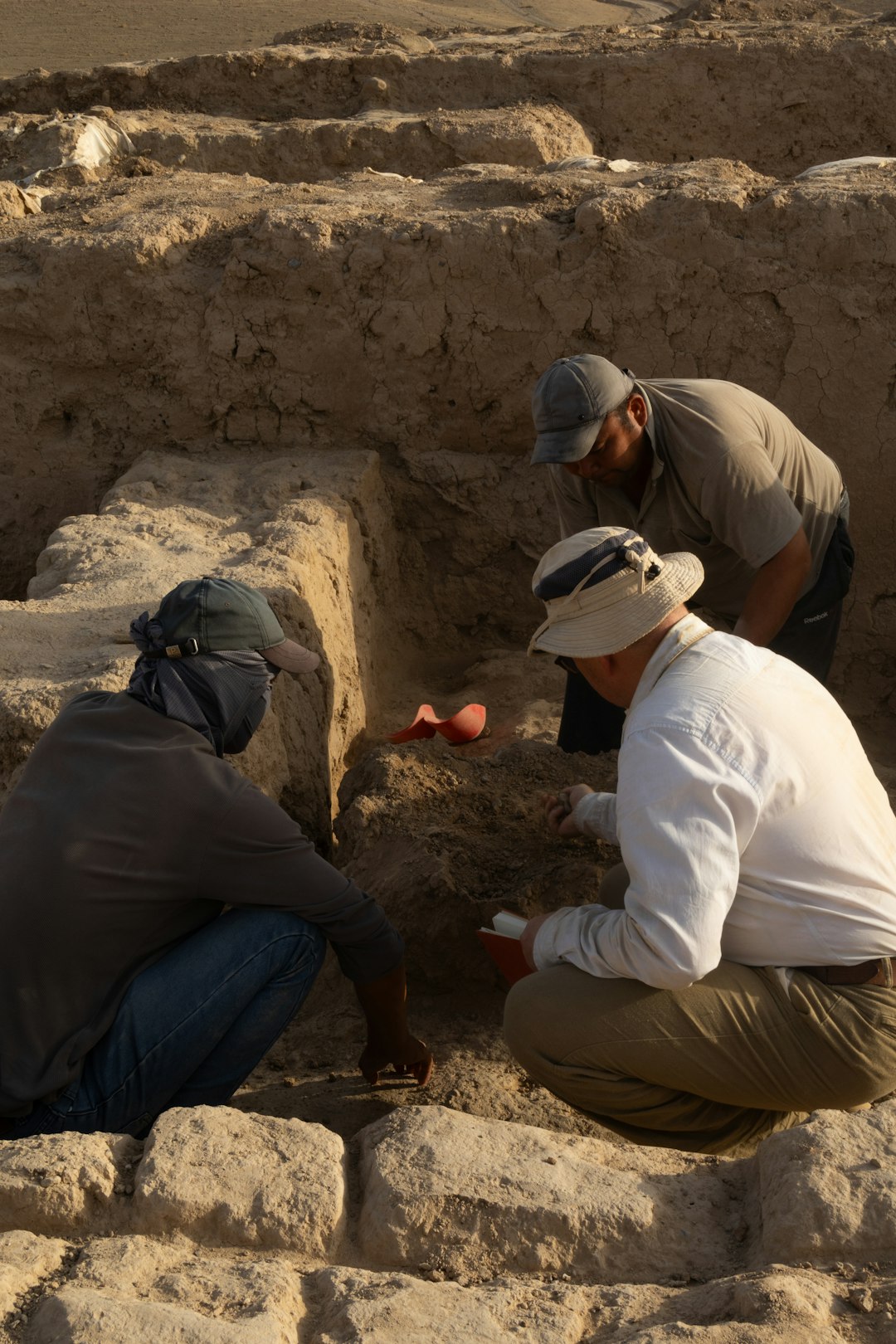
The next breakthroughs are likely to come from noninvasive and ultra‑conservative techniques. Sedimentary ancient DNA could test for signatures of people, dogs, or foxes in layers where bones are absent, while micro‑erosion mapping might predict where the next site will surface after a winter storm. Drone‑based photogrammetry, airborne lidar, and bathymetric surveys are already knitting together land and seafloor data to reconstruct vanished shorelines where early camps once stood. Proteomics may help identify bone fragments too degraded for DNA, adding resolution without destructive sampling.
All of this unfolds within a framework led by Tribal nations, who set research questions and define respectful practice. That collaboration is not a box to check; it’s the engine that enables access, context, and continuity across seasons. If the islands still hold surprises, these partnerships and technologies will find them. And if they do not, we will still have a stronger, more humane science for the effort.
Global Perspectives
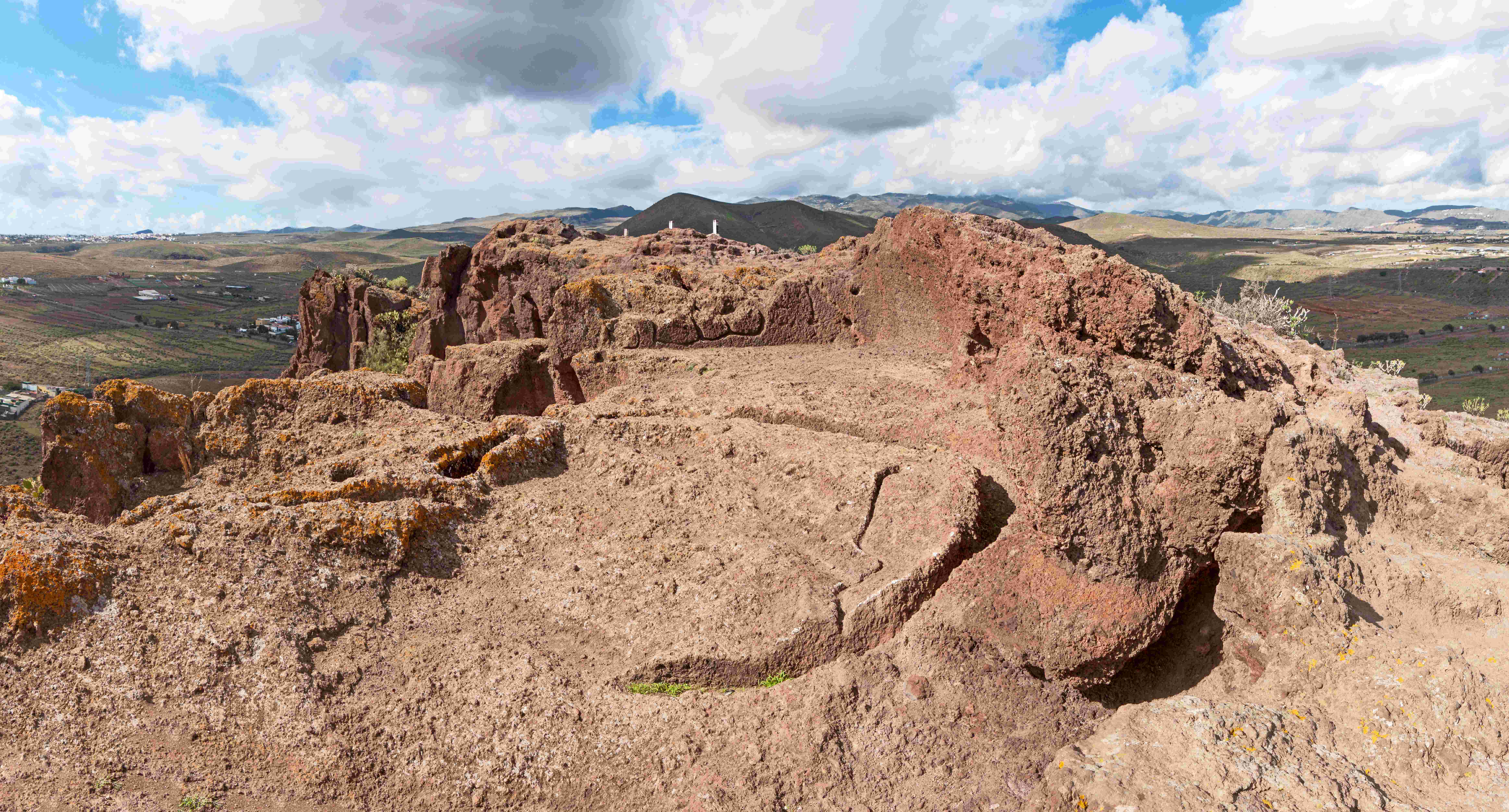
It’s tempting to draw straight lines from the Channel Islands to Flores or Luzon, where small‑bodied hominins have been described. But those cases rest on dozens of bones from multiple individuals with distinctive traits repeated across the skeleton, not on one-off hints. They also occupy much older timeframes, separated by deep evolutionary gulfs from the late Ice Age Americas. The Channel Islands sit in a very different ecological and cultural context: late Pleistocene mariners operating in a rich kelp‑forest corridor, not isolated for hundreds of millennia.
Comparisons are still useful when they sharpen hypotheses rather than inflate claims. Insular evolution can produce extremes, yet human culture often bends the curve. What holds true in one corner of the world doesn’t automatically map onto another. The best global lesson here is restraint paired with curiosity – an approach that keeps doors open without falling for mirages.
What You Can Do Next
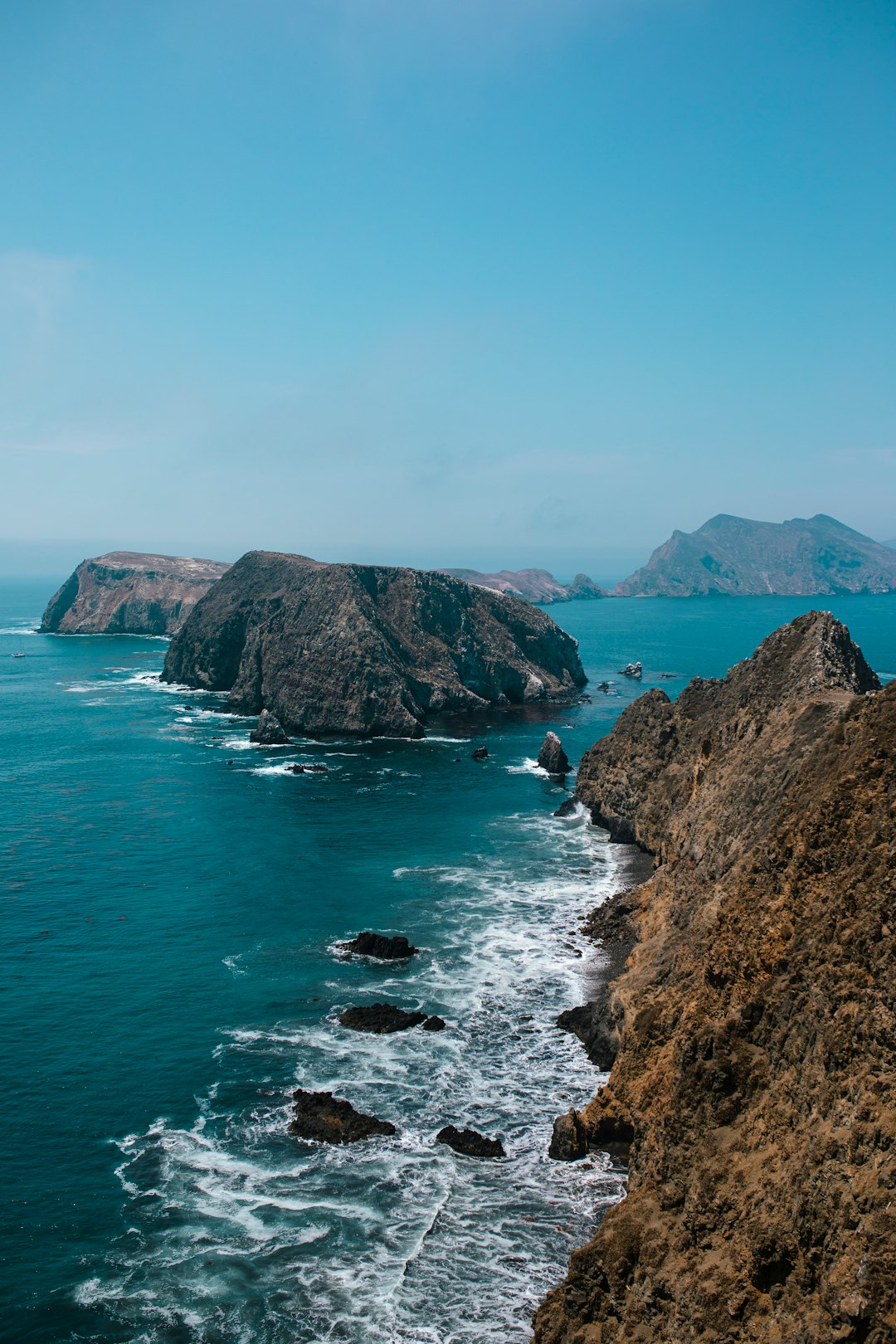
The Channel Islands are national treasures, and their stories depend on careful stewardship. If you visit, stay on trails, leave artifacts where they lie, and report exposed sites to park staff rather than sharing coordinates online. Support museums and Tribal cultural centers that fund conservation, curation, and community‑led research, and consider volunteering for coastal restoration projects that stabilize dunes and bluffs. Classroom educators can fold maritime migration into lessons about the peopling of the Americas, shifting attention from myths to methods.
Even from home, you can follow project updates from park scientists and Tribal partners, and amplify accurate information when sensational claims resurface. The more we reward careful science over easy headlines, the more discoveries will make it from field notebook to public knowledge intact. Stewardship, after all, is a community practice – one tidepool at a time.
Sources:
– National Park Service, Channel Islands National Park – Archaeology and Early Peoples.
– PNAS, studies on Paleocoastal lifeways and early seafaring along the Pacific Coast (e.g., work led by coastal archaeology teams in California).

Suhail Ahmed is a passionate digital professional and nature enthusiast with over 8 years of experience in content strategy, SEO, web development, and digital operations. Alongside his freelance journey, Suhail actively contributes to nature and wildlife platforms like Discover Wildlife, where he channels his curiosity for the planet into engaging, educational storytelling.
With a strong background in managing digital ecosystems — from ecommerce stores and WordPress websites to social media and automation — Suhail merges technical precision with creative insight. His content reflects a rare balance: SEO-friendly yet deeply human, data-informed yet emotionally resonant.
Driven by a love for discovery and storytelling, Suhail believes in using digital platforms to amplify causes that matter — especially those protecting Earth’s biodiversity and inspiring sustainable living. Whether he’s managing online projects or crafting wildlife content, his goal remains the same: to inform, inspire, and leave a positive digital footprint.




